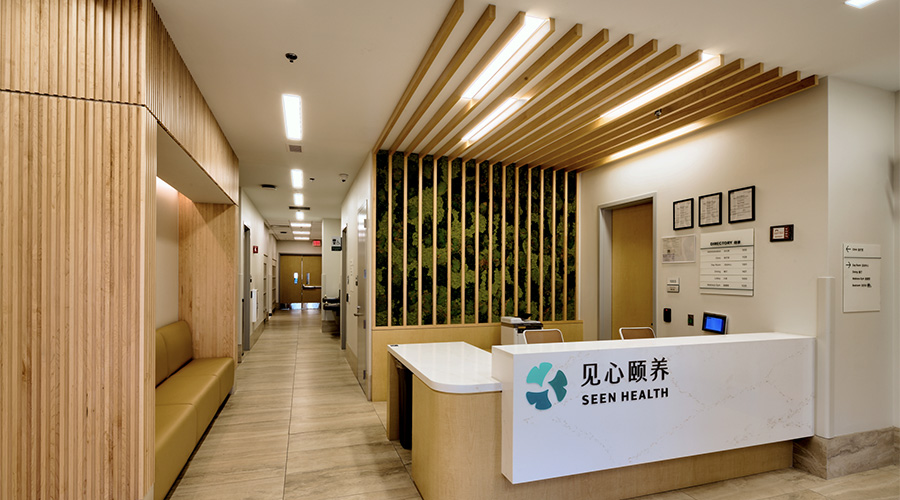The digital age has changed the way facilities approach video surveillance strategies. Thanks to advances in camera technology, digital video storage and even data analytics, electronic security systems offer improved performance and capabilities. These improvements are driving the way systems today are programmed, designed and implemented.
An article in the July issue of Health Facilities Management examines what healthcare facilities professionals need to know about specifying, installing and operating surveillance systems. The move from analog-based CCTV and access control systems to Internet Protocol (IP)-based, electronic systems have changed how this is approached. Design considerations have moved far beyond determining where equipment would be stored and monitored in a facility. Planning in the digital age requires collaboration with the facility’s IT department to ensure that these devices and applications can be supported on a converged IP network and also if the existing network has enough bandwidth to support “demanding video streaming” from the cameras.
For example, as the article points out, a hospital in the Pacific Northwest completed a design-build project that integrated a new IP-based surveillance system, including 150 cameras configured at 14 frames per second, 50 percent motion and H.264 compression for real-time video monitoring from any personal computer in the facility. They did not test the system prior to implementation.
Once the system launched, security teams immediately complained of poor, choppy video quality and eventually deemed it unusable. Troubleshooting on the system revealed the equipment worked properly but that the network lacked appropriate bandwidth to support a system of this size.
The article also examines the composition of a modern digital video surveillance system, breaking down the components and discussing the importance of functionality of each. Understanding of how the equipment works and interoperates is key to surveillance success.
Case in point: A psychiatric hospital opened with an elaborate digital surveillance system that included 300 IP cameras across thousands of square feet of space. They commissioned the system prior to installation and found no issues. But, the system had a glitch. It would work at night but not during the day. After three weeks of investigation, they discovered the cause -- the camera’s motion settings were incorrect and were causing excessive daytime bandwith usage.
Read the article.

 How Efficiency Checklists Help Hospitals Save Energy, Water and Money
How Efficiency Checklists Help Hospitals Save Energy, Water and Money Designing with Heart: Seen Health Center Blends Cultural Warmth and Clinical Care
Designing with Heart: Seen Health Center Blends Cultural Warmth and Clinical Care Rutgers Health and University Hospital Breaks Ground on Campus Expansion
Rutgers Health and University Hospital Breaks Ground on Campus Expansion What to Consider When Modernizing Healthcare Facilities
What to Consider When Modernizing Healthcare Facilities Corewell Health Beaumont Troy Hospital to Build New Tower
Corewell Health Beaumont Troy Hospital to Build New Tower